Doune Castle
Doune Scotland Scotland
castle, chateau
Doune Castle is a medieval stronghold near the village of Doune, in the Stirling district of central Scotland
Previous names
Doune Castle
Description
Doune Castle is a medieval stronghold near the village of Doune, in the Stirling district of central Scotland. The castle is sited on a wooded bend where the Ardoch Burn flows into the River Teith. It lies 8 miles (13 km) north-west of Stirling, where the Teith flows into the River Forth. Upstream, 8 miles (13 km) further north-west, the town of Callander lies at the edge of the Trossachs, on the fringe of the Scottish Highlands.
Recent research has shown that Doune Castle was originally built in the thirteenth century, then probably damaged in the Scottish Wars of Independence, before being rebuilt in its present form in the late 14th century by Robert Stewart, Duke of Albany (c.1340–1420), the son of King Robert II of Scots, and Regent of Scotland from 1388 until his death. Duke Robert's stronghold has survived relatively unchanged and complete, and the whole castle was traditionally thought of as the result of a single period of construction at this time. The castle passed to the crown in 1425, when Albany's son was executed, and was used as a royal hunting lodge and dower house. In the later 16th century, Doune became the property of the Earls of Moray. The castle saw military action during the Wars of the Three Kingdoms and Glencairn's rising in the mid-17th century, and during the Jacobite risings of the late 17th century and 18th century. By 1800 the castle was ruined, but restoration works were carried out in the 1880s, prior to its passing into state care in the 20th century. It is now maintained by Historic Environment Scotland.
Due to the status of its builder, Doune reflected current ideas of what a royal castle building should be. It was planned as a courtyard with ranges of buildings on each side, although only the northern and north-western buildings were completed. These comprise a large tower house over the entrance, containing the rooms of the Lord and his family, and a separate tower containing the kitchen and guest rooms. The two are linked by the great hall. The stonework is almost all from the late 14th century, with only minor repairs carried out in the 1580s. The restoration of the 1880s replaced the timber roofs and internal floors, as well as interior fittings.
The site at the confluence of the Ardoch Burn and the River Teith had been fortified by the Romans in the 1st century AD, although no remains are visible above ground. Ramparts and ditches to the south of the present castle may be the site of an earlier fortification, as the name Doune, derived from Gaelic dùn, meaning "fort", suggests. The earliest identifiable work in the castle dates from the thirteenth century, but it assumed its present form during one of the most creative and productive periods of Scottish medieval architecture, between 1375 and 1425, when numerous castles were being built and remodelled, including Dirleton and Tantallon in Lothian, and Bothwell in Lanarkshire.
Regent Albany
In 1361, Robert Stewart (c.1340–1420), son of King Robert II (reigned 1371–1390), and brother of King Robert III (reigned 1390–1406), was created Earl of Menteith, and was granted the lands on which Doune Castle now stands. Building may have started any time after this, and the castle was at least partially complete in 1381, when a charter was sealed here. Robert was appointed Regent in 1388 for his elderly father, and continued to hold effective power during the reign of his infirm brother. He was created Duke of Albany in 1398. In 1406, Robert III's successor, James I, was captured by the English, and Albany became Regent once more. After this time, the number of charters issued at Doune suggest that the castle became a favoured residence.
Royal retreat
Albany died in 1420, and Doune, the dukedom of Albany, and the Regency all passed to his son Murdoch (1362–1425). The ransom for James I was finally paid to the English, and the King returned in 1424, taking immediate steps to gain control of his kingdom. Albany and two of his sons were imprisoned for treason, and then executed in May 1425. Doune Castle became a royal possession, under an appointed Captain, or Keeper, and served as a retreat and hunting lodge for the Scottish monarchs. It was also used as a dower house by Mary of Guelders (c.1434–1463), Margaret of Denmark (1456–1486), and Margaret Tudor (1489–1541), the widowed consorts of James II, James III and James IV respectively.
In 1528, Margaret Tudor, now Regent of Scotland for her infant son James V, married Henry Stewart, 1st Lord Methven, a descendant of Albany. His brother, Sir James Stewart (c.1513–1554), was made Captain of Doune Castle, and Sir James' son, also James (c.1529–1590), was created Lord Doune in 1570. Lord Doune's son, another James (c.1565–1592), married Elizabeth Stuart, 2nd Countess of Moray around 1580, becoming Earl of Moray himself. The castle thus came to be the seat of its keepers, the Earls of Moray, who owned it until the 20th century.
Mary, Queen of Scots, (reigned 1542–1567) stayed at Doune on several occasions, occupying the suite of rooms above the kitchen. Doune was held by forces loyal to Mary during the brief civil war which followed her forced abdication in 1567, but the garrison surrendered to the Regent, Matthew Stewart, 4th Earl of Lennox, in 1570, after a three-day blockade. George Buchanan and Duncan Nairn, Deputy Sherriff of Stirling presided over the torture and interrogation of a messenger, John Moon, at Doune on 4 October 1570. Moon was carrying letters to Mary, Queen of Scots and Mary Seton.
King James VI visited Doune on occasion, and in 1581 authorised £300 to be spent on repairs and improvements, the works being carried out by the master mason Michael Ewing under the supervision of Robert Drummond of Carnock, Master of Work to the Crown of Scotland. In 1593, a plot against James was discovered, and the King surprised the conspirators, who included the Earls of Montrose and Gowrie, at Doune Castle.
Ruin and restoration
The castle deteriorated through the 18th century, and by 1800 Doune was a roofless ruin. It remained so until the 1880s, when George Stuart, 14th Earl of Moray (1816–1895) began repair works. The timber roofs were replaced, and the interiors, including the panelling in the Lord's Hall, were installed. The castle is now maintained by Historic Environment Scotland, having been donated to a predecessor organisation by Douglas Stuart, 20th Earl of Moray, in 1984, and is open to the public. The castle is a Scheduled Ancient Monument, and is a Category A listed building, the highest levels of protection for nationally important built heritage in Scotland.
Useful information
- Adult: £6.00
- Concession: £4.80
Child (aged 5–15): £3.60
Children under <5> FREE
Member/Explorer Pass holder: FREE
External links
Nearby castles
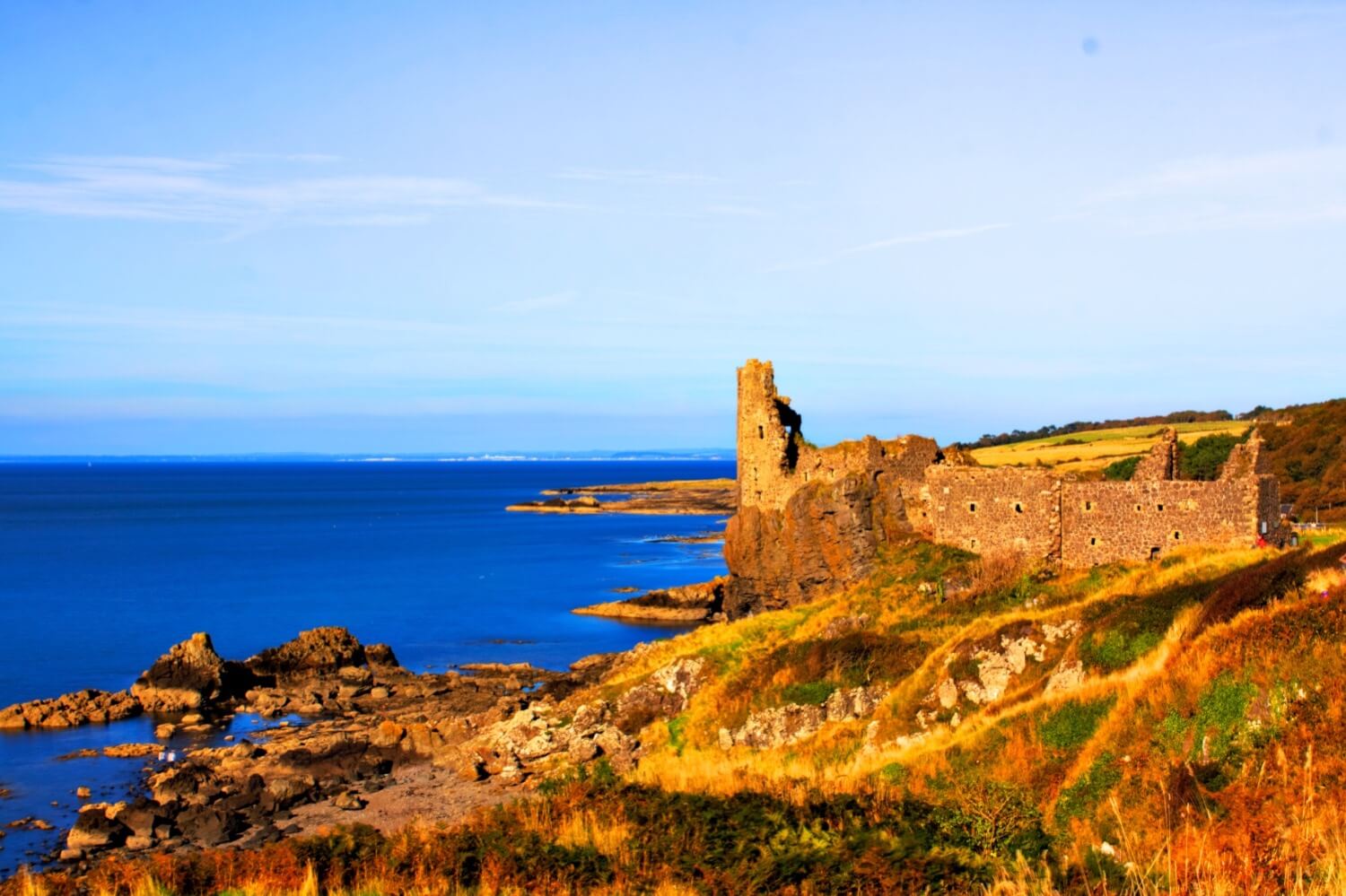
Dunure Castle
Doune
0.0km
castle, chateau

Stirling Castle
Stirling
9.3km
castle, chateau
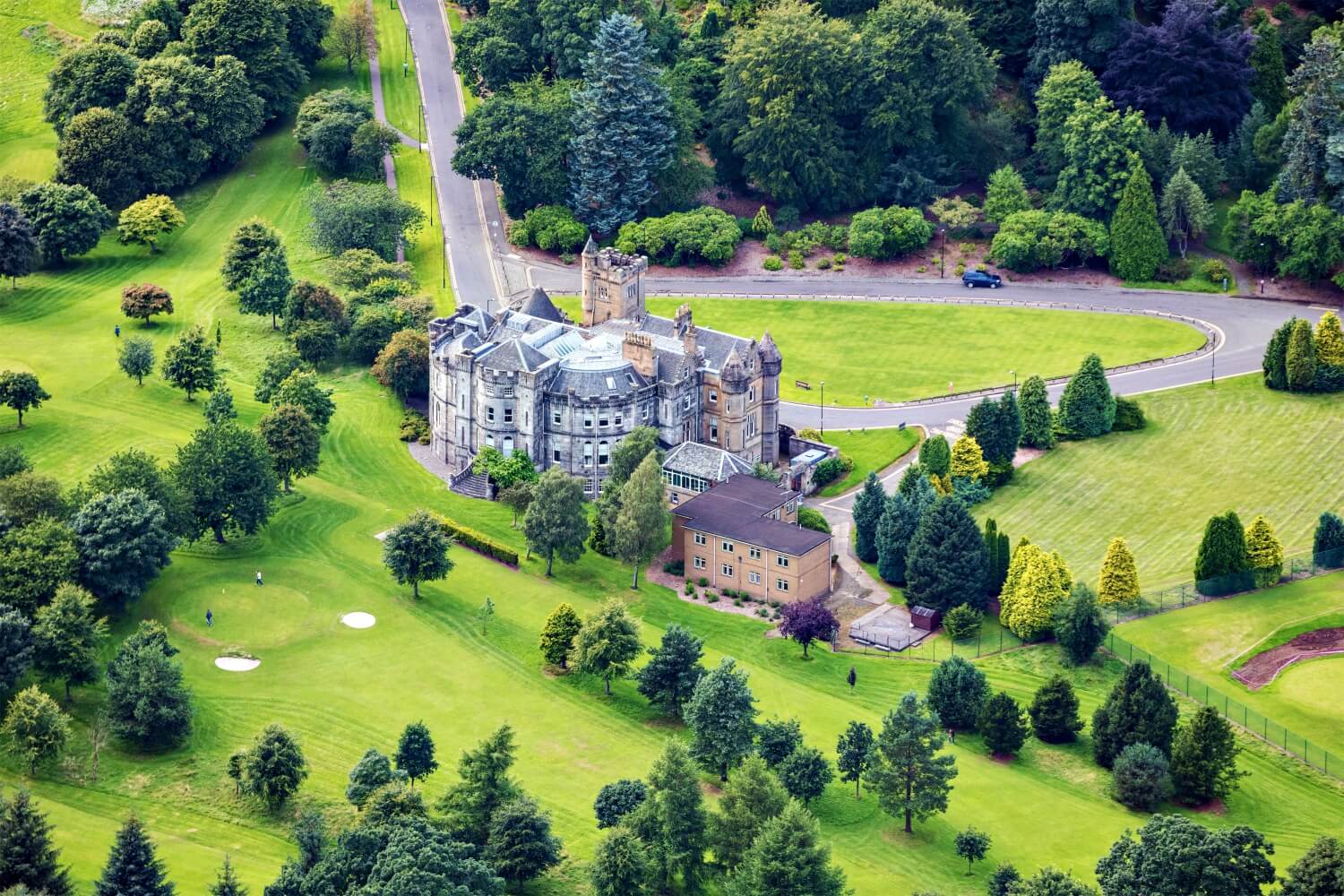
Airthrey Castle
Stirling
9.4km
castle, chateau
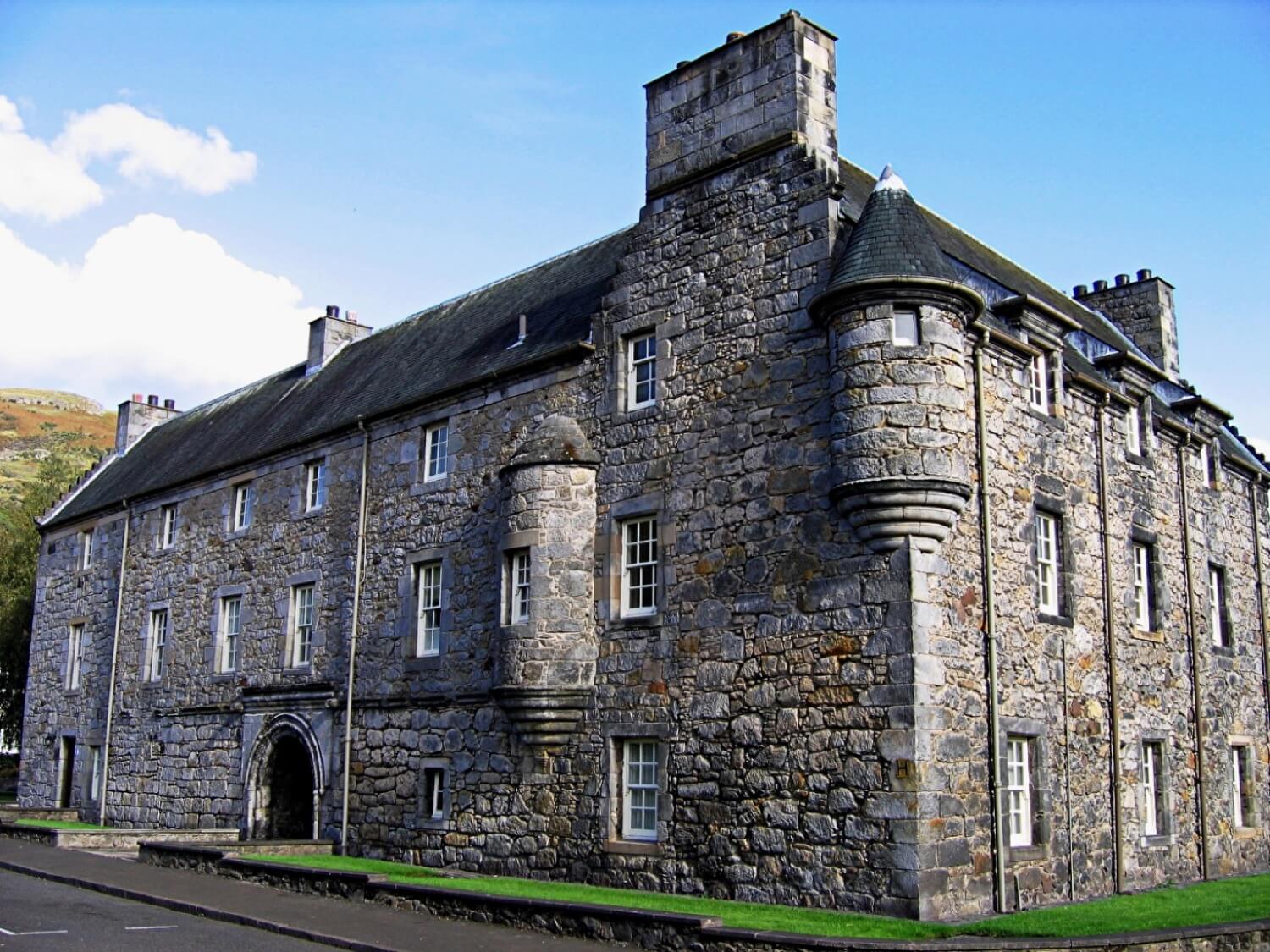
Menstrie Castle
Clackmannanshire
12.9km
castle, chateau
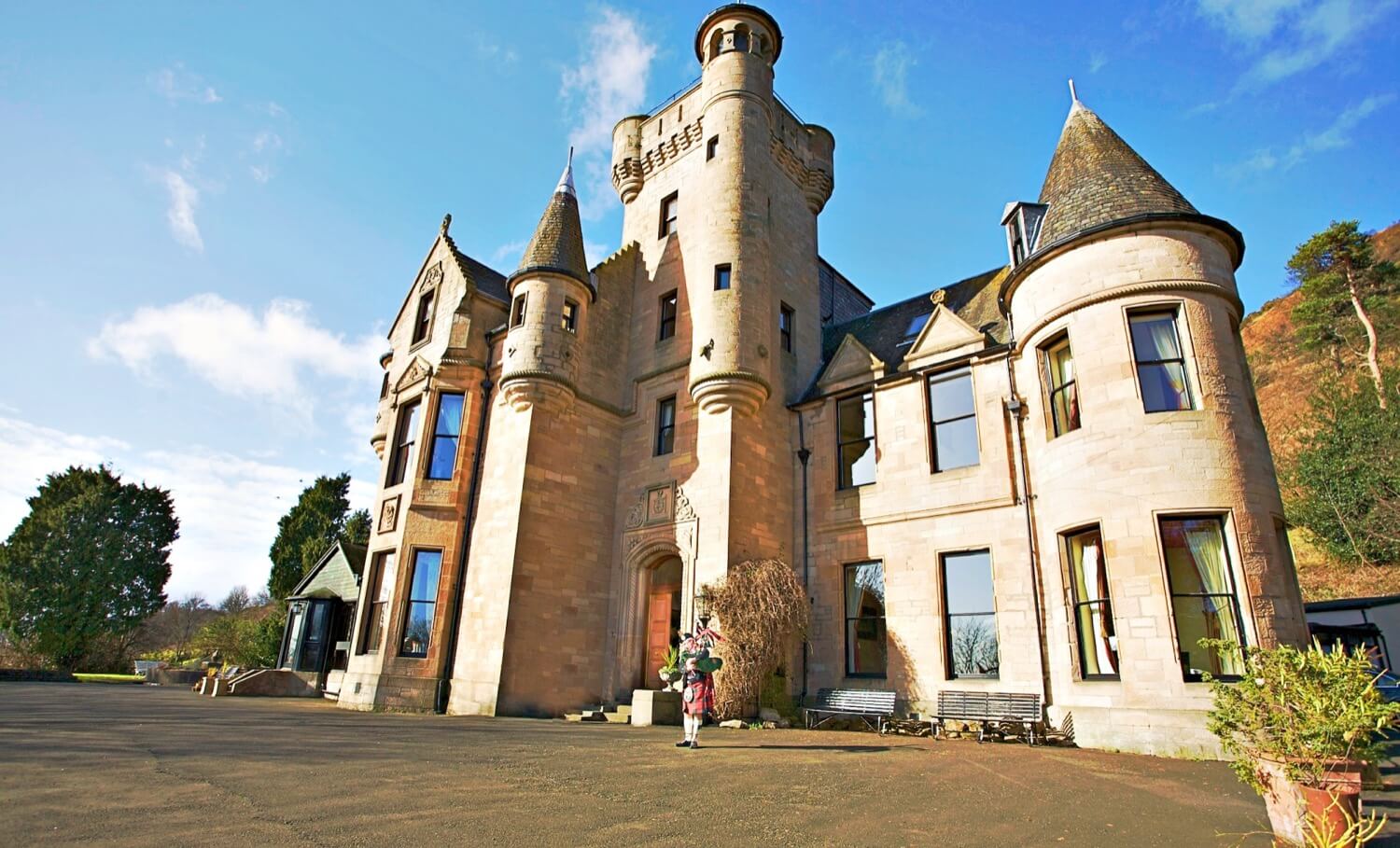
Broomhall Castle
Clackmannanshire
13.0km
castle, chateau
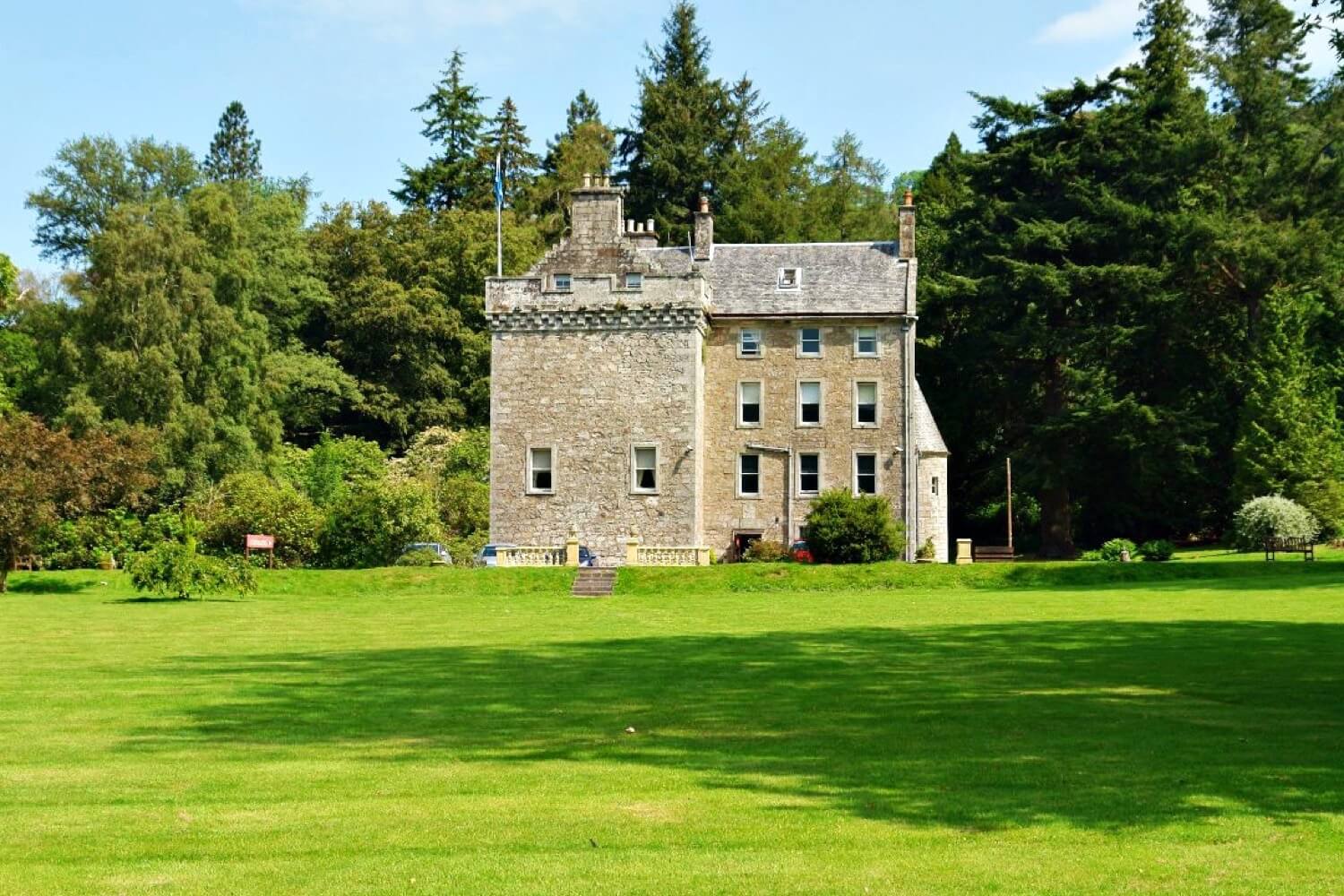
Culcreuch Castle
Stirling
17.2km
castle, chateau
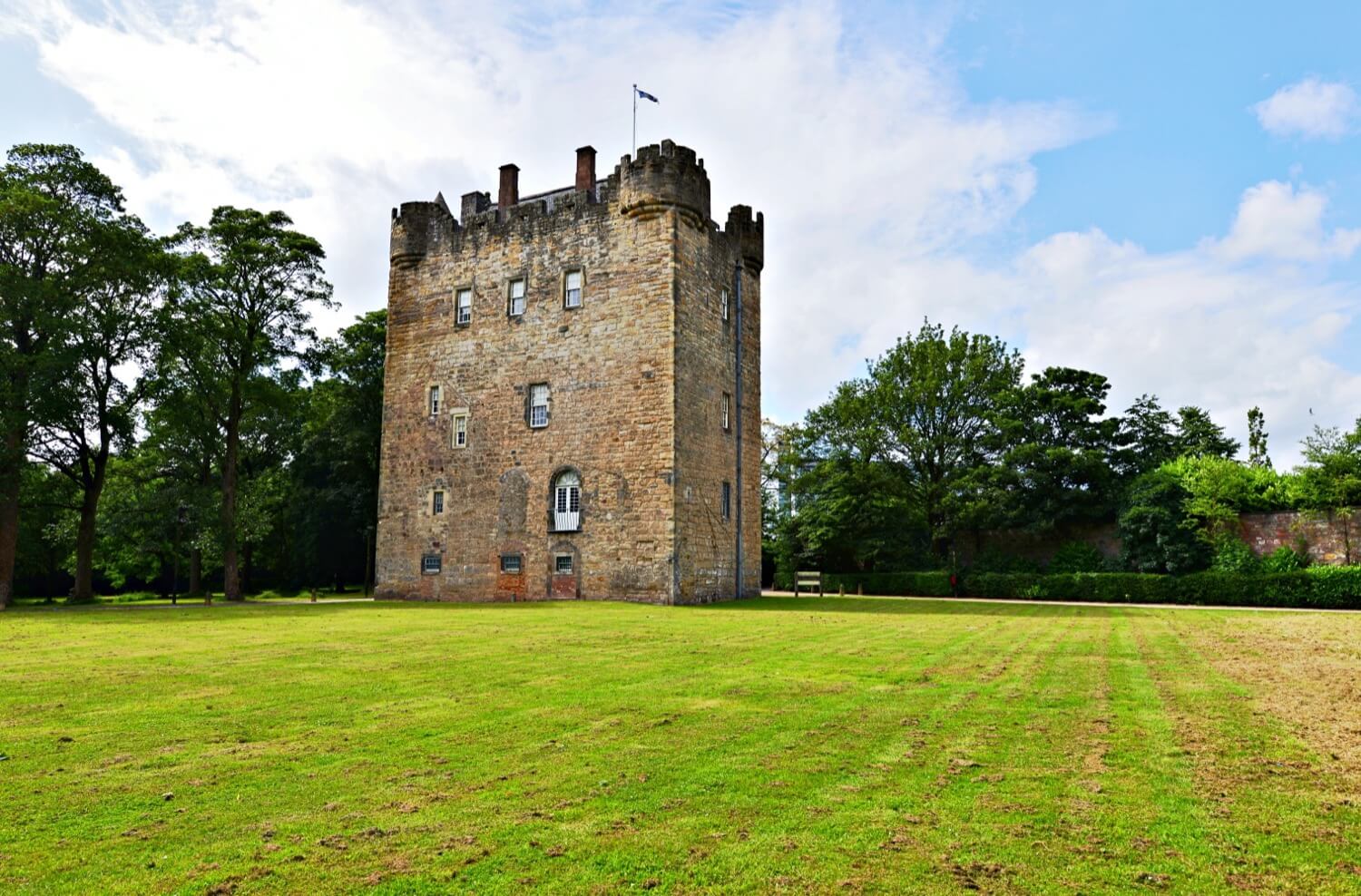
Alloa Tower
Clackmannanshire
18.1km
castle, chateau

